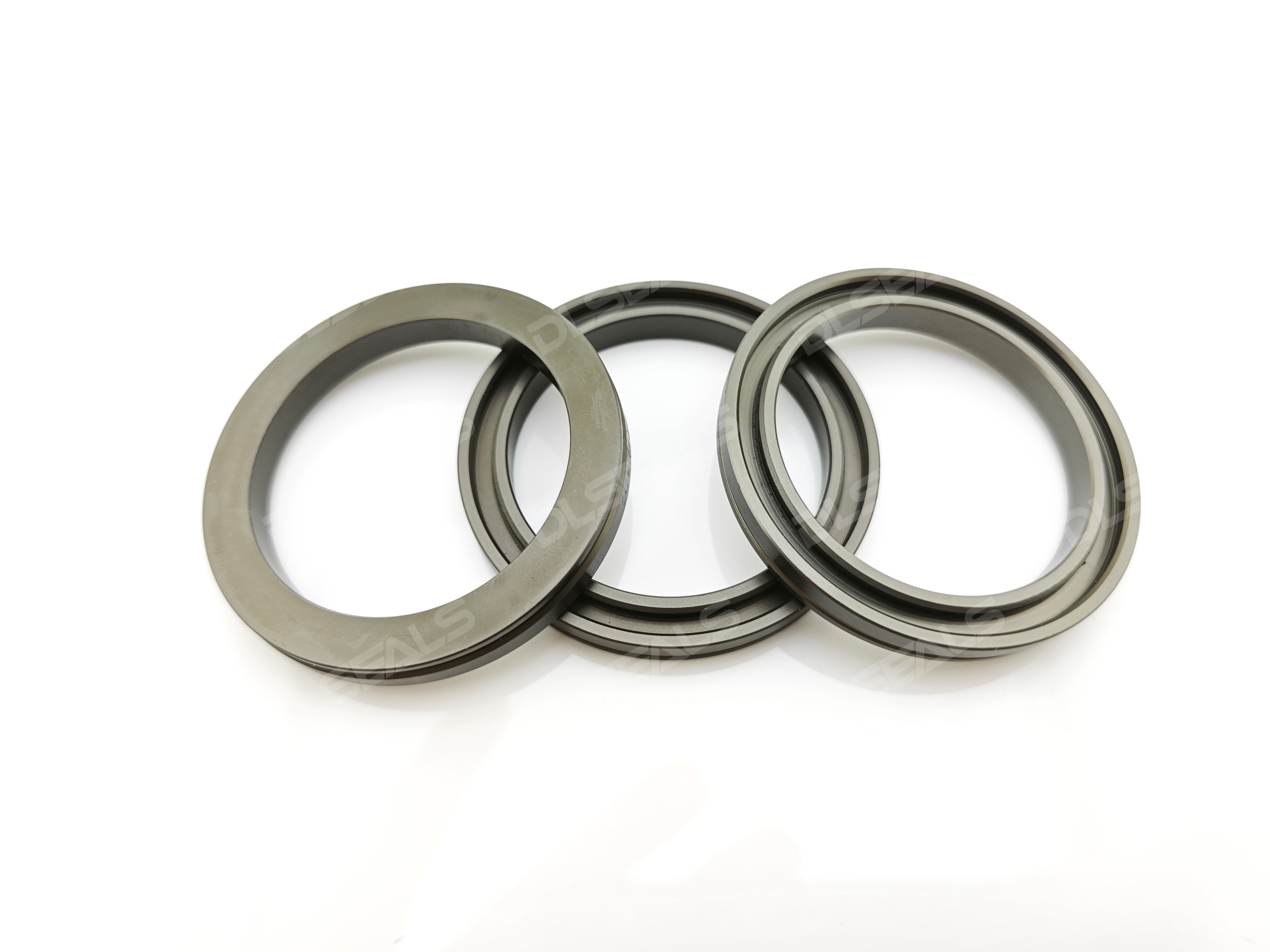News
A2025-11-11

Hard anodizing is a well-established surface treatment process that significantly enhances the performance of aluminum alloy seals. This article objectively describes the characteristics, advantages, design considerations, and applicable scenarios of seals treated with this process, providing factual technical references for engineering selection.
1. Core Process and Basic Characteristics
Hard anodizing is an electrochemical process that generates a thick, dense ceramic layer of aluminum oxide (Al₂O₃) on the surface of aluminum or aluminum alloy components under low-temperature, high-current-density conditions. This oxide layer is metallurgically bonded to the base metal, offering superior adhesion compared to coating processes like electroplating or spraying.
The core properties this process imparts to seals are as follows:
Exceptional Wear Resistance:The surface hardness of the hard anodized layer is extremely high, with a microhardness that can reach Vickers HV 400-600 or higher, comparable to hard chrome plating. This enables the seals to effectively resist wear in conditions with abrasive particles or when in contact with relatively moving parts, significantly extending their service life.
Excellent Corrosion Resistance:The dense oxide layer isolates the aluminum substrate from the external environment, effectively resisting corrosion from the atmosphere, moisture, salt spray, and various chemical media. With proper sealing treatments (such as hot water or steam sealing), its corrosion resistance can be further enhanced to meet long-term use requirements in harsh environments.
Good Insulation Properties:The anodized layer is an excellent non-conductor with high insulation resistance. This property effectively prevents galvanic corrosion between the aluminum seal and adjacent components, enhancing system reliability in conductive environments.
Low Friction Coefficient:After fine polishing and sealing, the hard anodized surface is smooth and has a porous structure that can retain lubricating oil, resulting in a low dynamic friction coefficient. This not only facilitates smooth sealing action but also reduces power loss.
2. Key Design Considerations and Limitations
In engineering design, the following characteristics of the process must be considered factually, as they can be advantages in some contexts and limitations in others.
Dimensional Changes:The formation of the hard anodized layer inevitably increases the part's dimensions. A common rule is that approximately half of the final layer thickness grows inward (consuming the substrate), and the other half grows outward. Therefore, critical fitting dimensions of the seal must have an allowance for the anodized layer thickness factored in before machining.Neglecting this will result in the seal being unable to be installed or having an overly tight fit.
Typical Layer Thickness:Depending on application requirements, hard anodized layers typically range from 25μm to 100μm.
Flexibility:The oxide layer is essentially ceramic material, which is hard but brittle. Therefore, hard anodizing is not suitablefor sealing areas that require significant bending or flexible deformation (e.g., the lip of a dynamic lip seal), as the layer can crack or peel off due to substrate deformation. It is more suitable for sealing surfaces on structural supports, valve cores, cylinder bodies, etc., where the shape is relatively fixed and wear resistance is the primary need.
Substrate Limitations:Not all aluminum alloys are suitable for hard anodizing. Typically, high-purity 1000 series, 5000 series (e.g., 5052, 5083), and 6000 series (e.g., 6061, 6063) aluminum alloys yield high-quality oxide layers. In contrast, high-copper 2000 series (e.g., 2024) or high-silicon die-cast aluminum alloys (e.g., ADC12) are difficult to anodize effectively, often resulting in softer, dark-colored layers with poor corrosion resistance.
3. Typical Application Areas
Based on the above properties, hard anodized aluminum seals are widely used in fields with stringent requirements for wear and corrosion resistance:
Hydraulic and Pneumatic Systems:Hydraulic cylinder tubes, pistons, valve blocks, etc., which withstand high-pressure fluid erosion and reciprocating friction.
Precision Machinery and Automation Equipment:Slides for linear guides, bearing housings, sealing flanges for vacuum chambers, requiring low wear and high precision retention.
Marine Engineering and Chemical Processing Equipment:Flange faces, sealing covers exposed to salty atmospheres or specific chemical media.
Conclusion
Hard anodizing is a reliable process, proven over long-term practice, that effectively enhances the surface properties of aluminum components. The high hardness, wear resistance, corrosion resistance, and insulation properties it provides to aluminum seals are undeniable. However, when selecting this option, engineers must carefully evaluate the associated dimensional changes, material brittleness, and dependence on substrate composition. By employing precise dimensional tolerance design and appropriate application scenario selection, its technical advantages can be fully utilized to ensure the long-term reliable operation of the sealing system.
[DLSEALS kindly Reminder] Sealing issues? Turn to DLSEALS! As a sealing component manufacturer, we specialize in customizing sealing components, providing a full range of services from design, research and development, production, testing, and more. If you have more information you'd like to know, feel free to contact us directly. DLSEALS's product experts are dedicated to serving you!